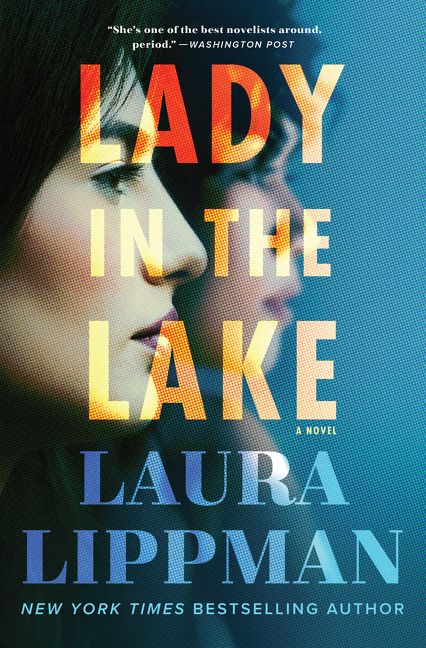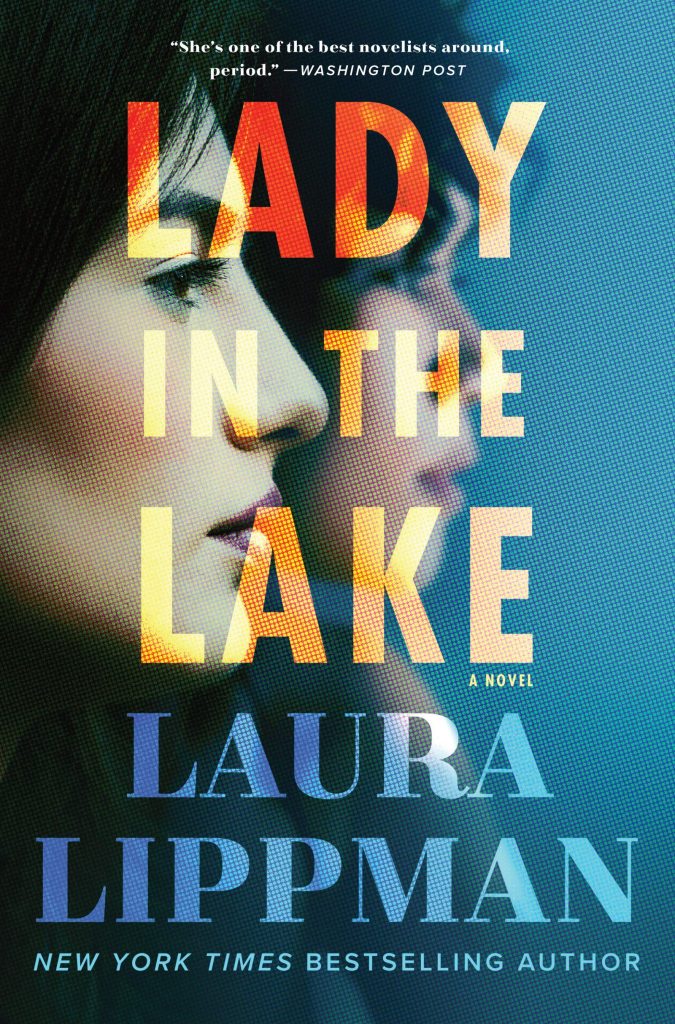


Lippman’s novel is very much about race and ethnicity: Maddie is Jewish and has, until she left her charmless husband, lived narrowly in a close-knit, rigidly-maintained community. If at first Maddie’s pursuit of a journalistic career seems random and half-hearted, once she gets a clerical job at a local paper, she begins a relentless pursuit to find the killer of the “lady in the lake”, Cleo Sherwood, make her mark, and get a beat of her own. Seth proves a snivelling, whiny character and I never warmed to him. There’s a mild regret at leaving her son Seth with his father. Maddie revels in her freedom for sex and solitude. Living in one of Baltimore’s seedier neighbourhoods, Maddie pursues an affair with a black policeman, whose nightly visits, an inter-racial “romance” still illicit and dangerous to both, are vigorous and all-consuming. In 1966, there was a ceiling still so thick for women that not even Maddie’s sledgehammer beauty and persistence can break it. The premise held promise: a recently separated late-thirties beauty, Madeline “Maddie” Schwartz (née Morgenstern) has left marriage and middle-class comfort behind to pursue a reporter’s beat. It is, however, unlike Lippman’s expansive personality and openness, a cramped book. Certainly, her standalone novel contains threads of these ideas. Lippman was knowledgeable and personable about her city’s fractured history, the state of American politics and journalism, its ills and its profound necessity for examining the state of the nation and ensuring free, open democracy.

I wanted to read Laura Lippman’s Lady In the Lake after I heard an NPR interview with the author.


 0 kommentar(er)
0 kommentar(er)
